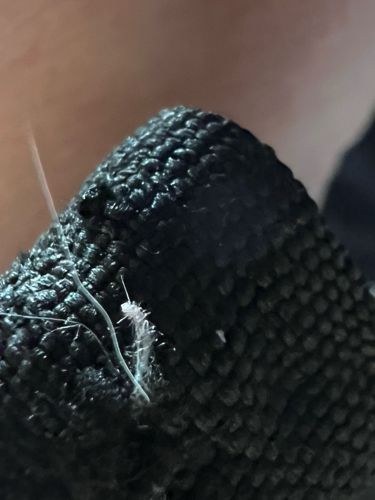Booklouse (or Psocid)
Scientific Name: Psocoptera (order), various families like Liposcelididae, Psocidae
Order & Family: Order Psocoptera; multiple families, often Liposcelididae (barklice/booklice), which are common indoors.
Size: Typically 1-2 mm in length, though some species can be larger.

Natural Habitat
Booklice prefer damp, warm, and dark environments. Indoors, they are commonly found in books, stored papers, furniture, pantries, attics, basements, wall voids, and anywhere mold might grow. Outdoors, they live under bark, on leaves, or in bird nests.
Diet & Feeding
Booklice feed on microscopic mold, fungi, starch-based materials (like paper bindings, wallpaper paste, flour, cereal), dead insects, and other organic debris. They do not bite humans or pets.
Behavior Patterns
They are typically active at night or in low light conditions. Some species are parthenogenetic (reproduce without a male). They are often found in groups. Their presence is usually an indication of high humidity and potential moisture issues in a dwelling.
Risks & Benefits
Risks: Can be a nuisance in large numbers, potentially damaging books, stored food items, and other household goods if left unchecked, especially in high humidity. They are not known to transmit diseases to humans or cause structural damage. Benefits: In natural environments, they contribute to decomposition processes by feeding on fungi and detritus. They serve as a food source for other small invertebrates.
Identified on: 10/7/2025